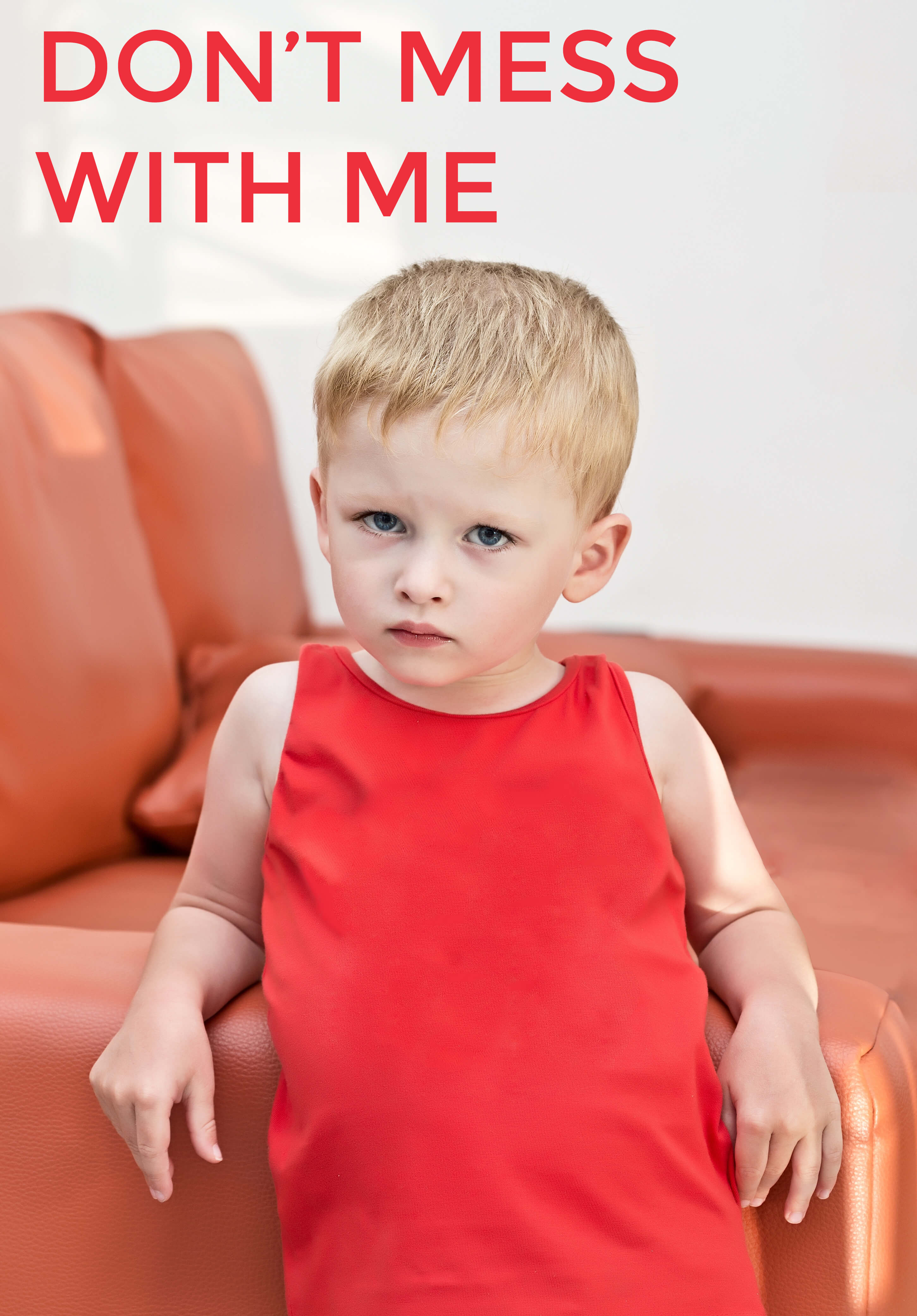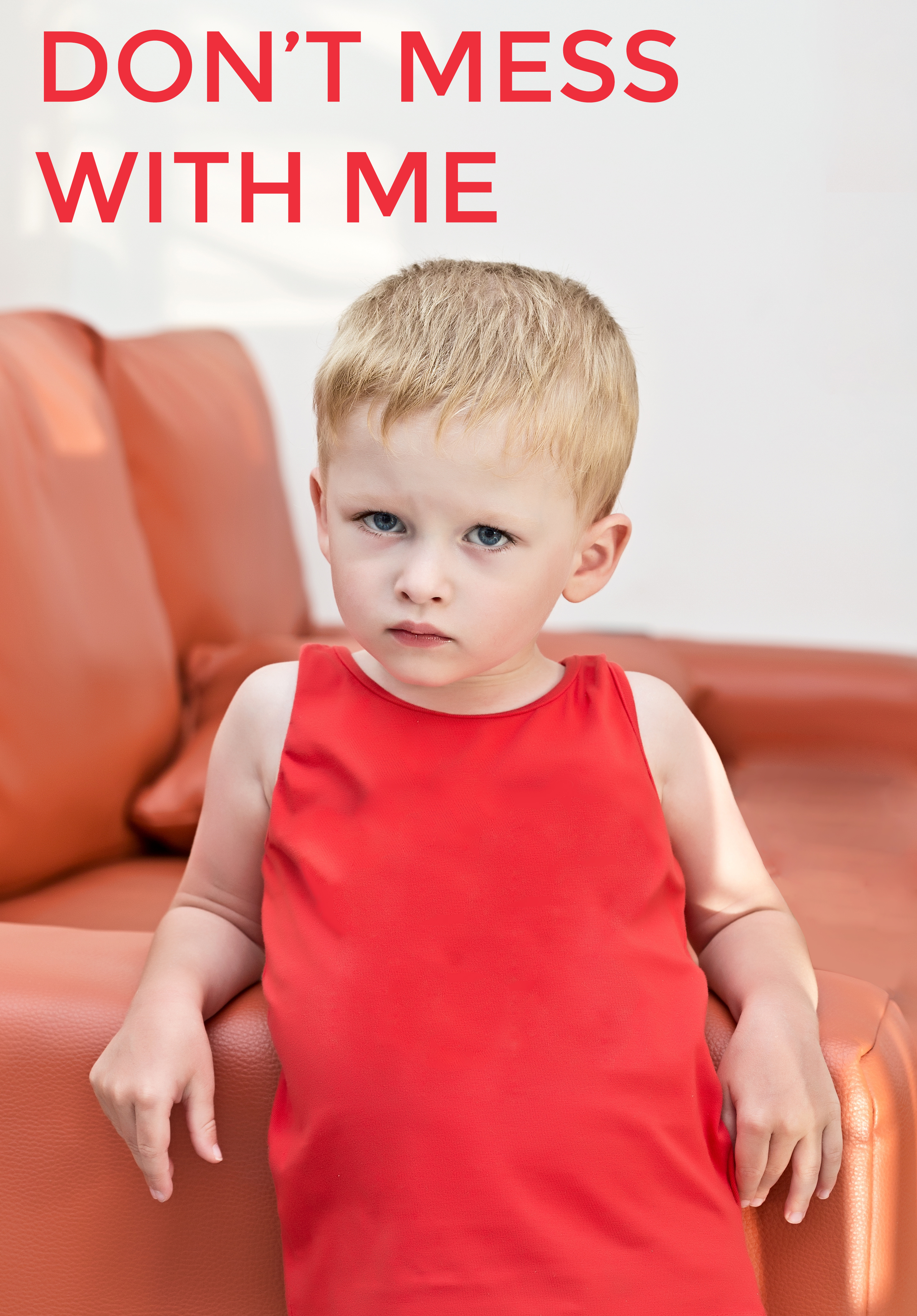
Threenager

About a year ago, I wrote about my experiences using DBT with my toddler while he was in the “Terrible Twos” phase. I am happy to report that we have made it to three, mostly unscathed. I had heard rumblings about the “Threenager” year and wasn’t sure what to expect however blogs, articles, and friends warned about attitudes, stubborn streaks, and mood swings. They were right, and I also like to think that we have been avoiding some major meltdowns again mostly in part to DBT skills. I had a few favorite skills during the “Terrible Twos” and thought it would be a great time to share some of the other skills that have become my go-to for the “Threenager”.
Mindfulness:
Instead of just focusing on describing while observing the local community in action, we are now working on describing what he is feeling when he is dysregulated and why he is feeling that. This is Mindfulness of Current Emotion. I commonly hear, “I am not happy with you because….” or similar versions. As you can imagine, this definitely backfires when I hear it on repeat during a 20-minute car ride however the idea that he can observe and describe what he is feeling is the success. The hope is that in the future he can observe, describe, and let it be until the emotion subsides rather than pushing away or suppressing.
Interpersonal Effectiveness:
There are several factors that get in the way of interpersonal effectiveness and these also affect my son when he is trying to get his needs met. When he was younger, he was unable to effectively communicate because he didn’t have the skills to verbalize what he wanted. Now that his vocabulary has greatly increased, we work on “asking” instead of “crying”. At the beginning of a meltdown, I remind him to use his words and coach him when he needs it. This could look like me asking questions or saying the sentence, him filling in the blanks, and then having him repeat the full sentence. When possible, I honor his request to instill that his words matter. When it is not possible, I remind him that no matter how well he asks for something, sometimes people or the environment are too powerful and skills will not change that. Fortunately, we have other skills to deal with the aftermath of that lesson!
I work hard to validate his experiences no matter how trivial they might seem to me. This is from the GIVE skill and the manual provides 6 levels of validation that include pay attention, reflect back, read minds, understand, acknowledging the valid, and show equality. When he is emotionally dysregulated, I validate how he is feeling and we discuss why he is feeling that way in order for him to better understand how to put words on his experience. This is also a great opportunity to work on judgments that come up within me about his experiences.
Emotion Regulation:
I continue to stick with ABC PLEASE and definitely notice when naps and eating are unbalanced (E: Eating, S: Sleep) but am now working on some other letters of the acronym. The A stands for Accumulate Positive Emotions and we use long commutes to collaborate on ways to do this for the upcoming weekend. The idea is to do pleasant things, have experienced, and participate in events that are pleasant. This helps to increase positive emotions, distract from negatives, and buffers the discomfort of any emotional turmoil. I am hopeful that he will be able to accumulate a long list of positive experiences to combat any negatives that occur during the week.
I have been working with him on building mastery by allowing him to teach me things that he learned at school. For example, he started talking about nature and now continues to point out various components of nature to which I thank him and praise him for teaching me. B is for Build Mastery, which means doing things that make you feel competent and effective. This allows for greater success as the skills are continually practiced.
Because we continue to talk about facial expressions in books and on tv, the mindfulness “what” skills observe and describe, he has gotten to a place where he checks in with me and asks, “Are you happy, mom?” or whatever emotion he thinks I am demonstrating through non-verbals. At this time, it is limited to happy, sad, and angry but we are slowly introducing new emotions such as surprise. I love that he is building awareness about others and their emotions.
Distress Tolerance:
Since he was a baby, our bedroom routine included bath/shower, pajamas, teeth brushing, books and bed and about the time he turned three, I have noticed that the once soothing shower routine has now become the source of eternal energy. I had to find other ways to calm him before bed and I started doing some Paired Muscle Relaxation. I find out who his favorite superhero of the day is and guide him through his body parts, tensing and releasing, as though he were that superhero. For example, “Pretend you have to punch a bad guy and make a fist. Let’s count to 10 and let go with a big breath out” or “Use your spidey senses and focus on your hands”
Last blog I mentioned that I use skills such as GIVE to talk through the emotions, STOP before reacting, half-smile and cheerleading statements while in public and mindfulness to give my child my full attention. These continue to be what keeps me from overreacting about an entire carton of milk dumped on the couch or the lovely Banksy-style art in permanent marker on our white walls.
